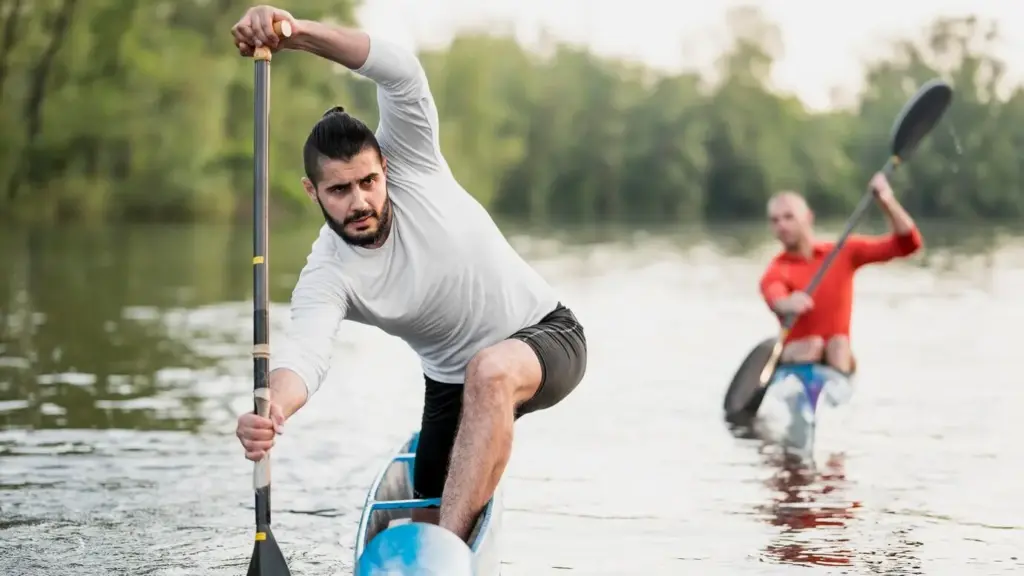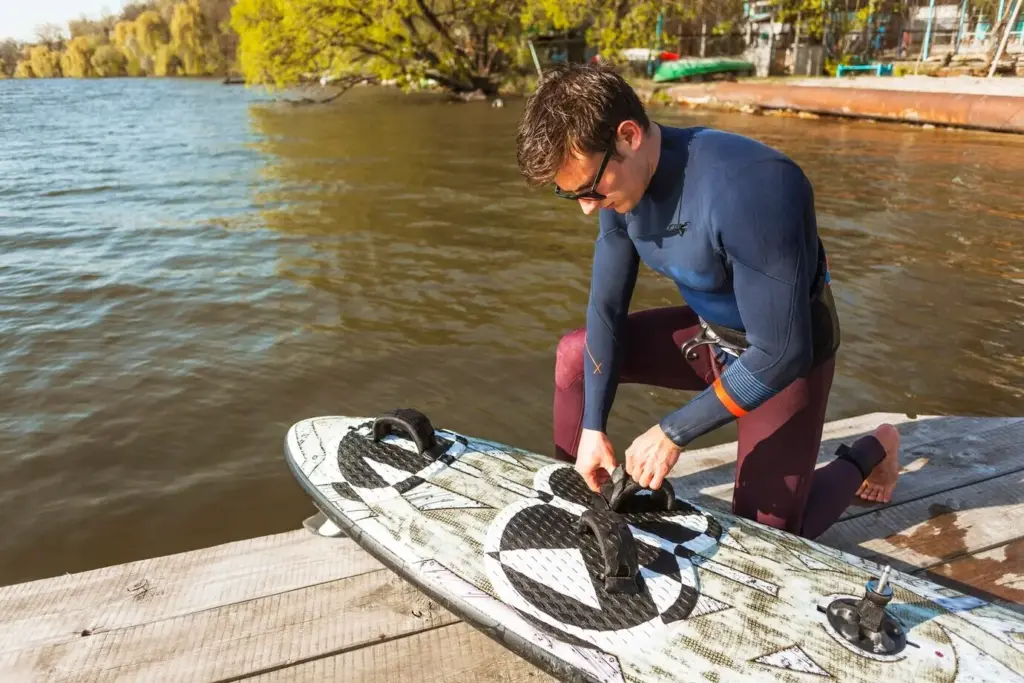Dialed-In Rigs and Waterwise Tactics for Small Craft Anglers
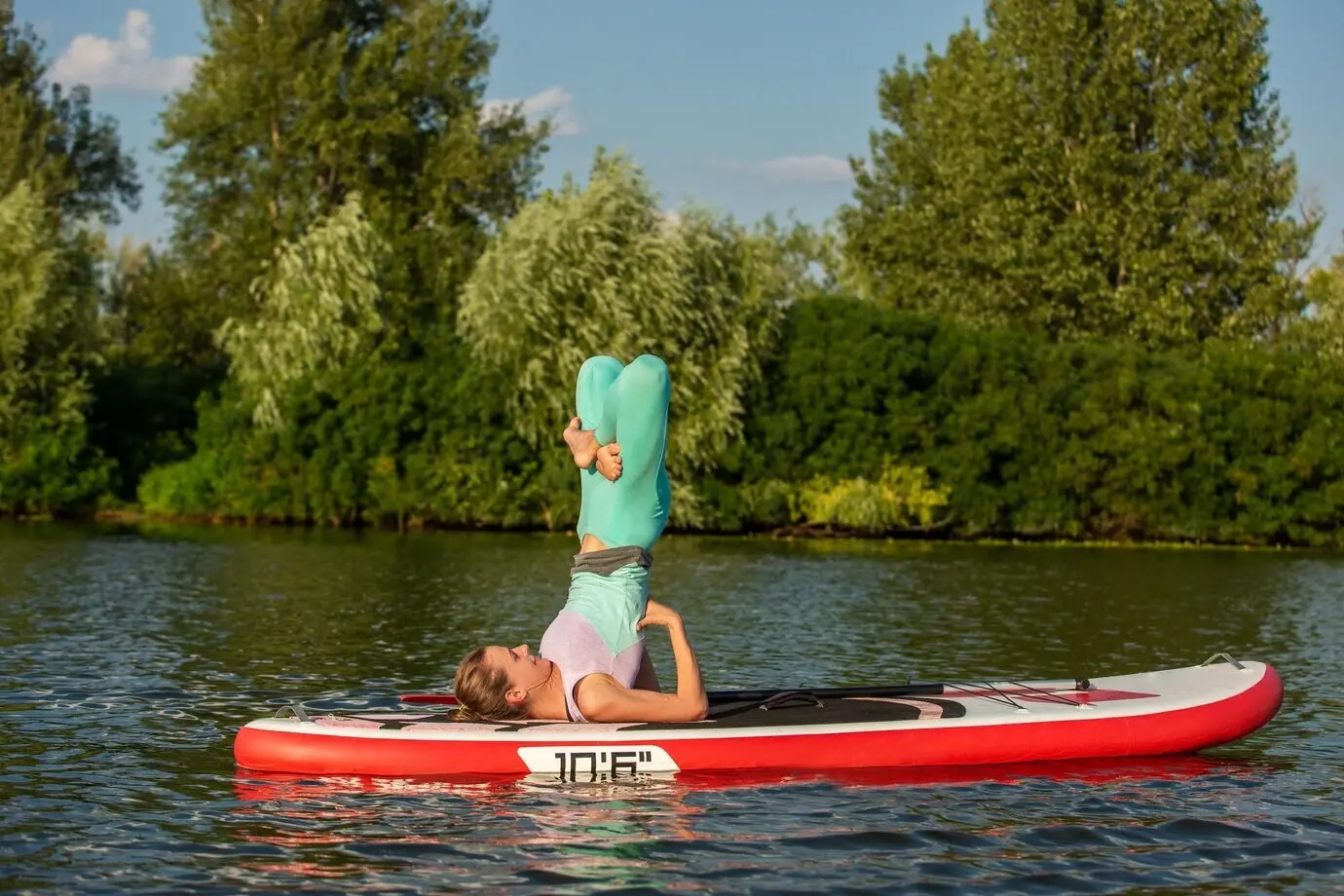
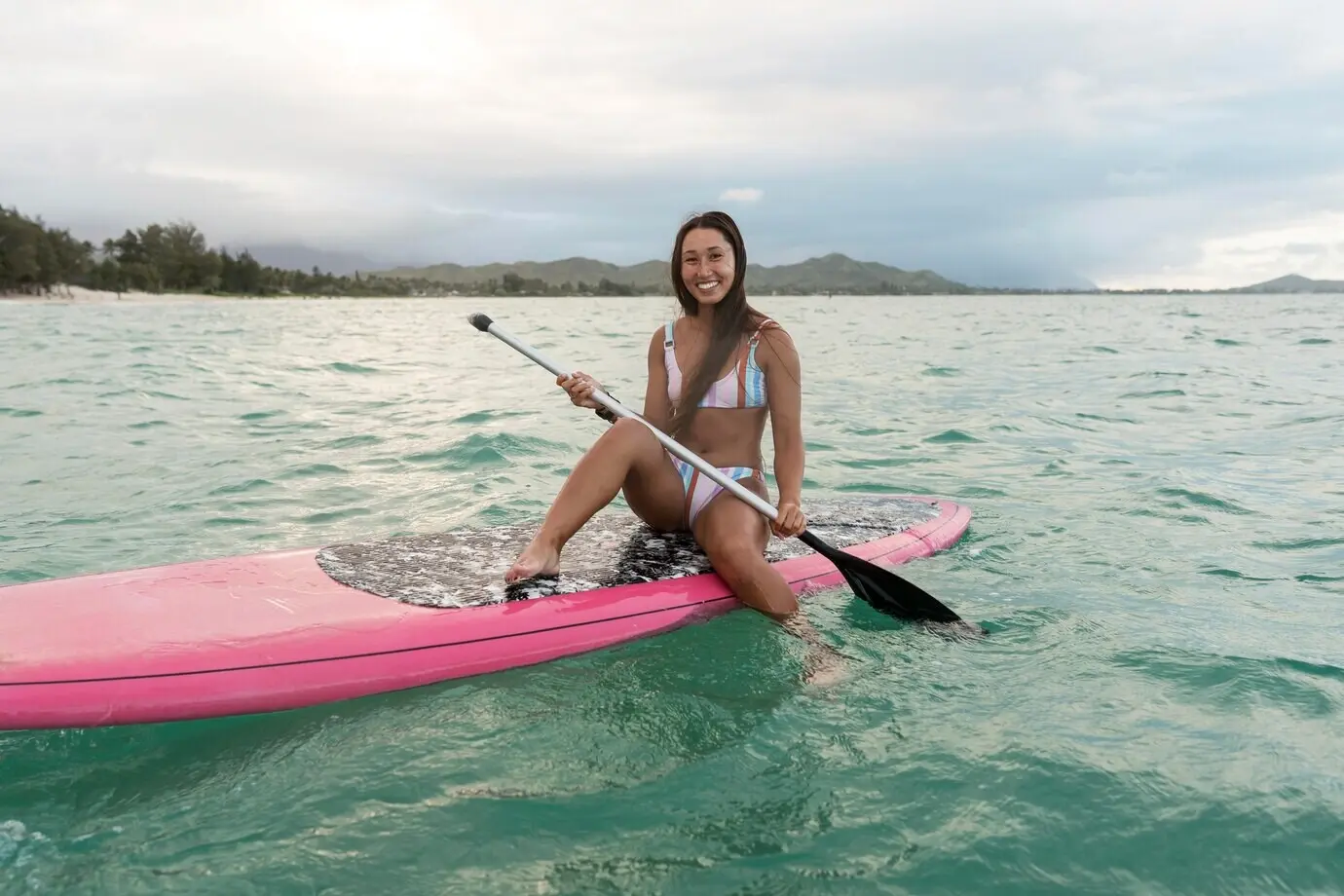

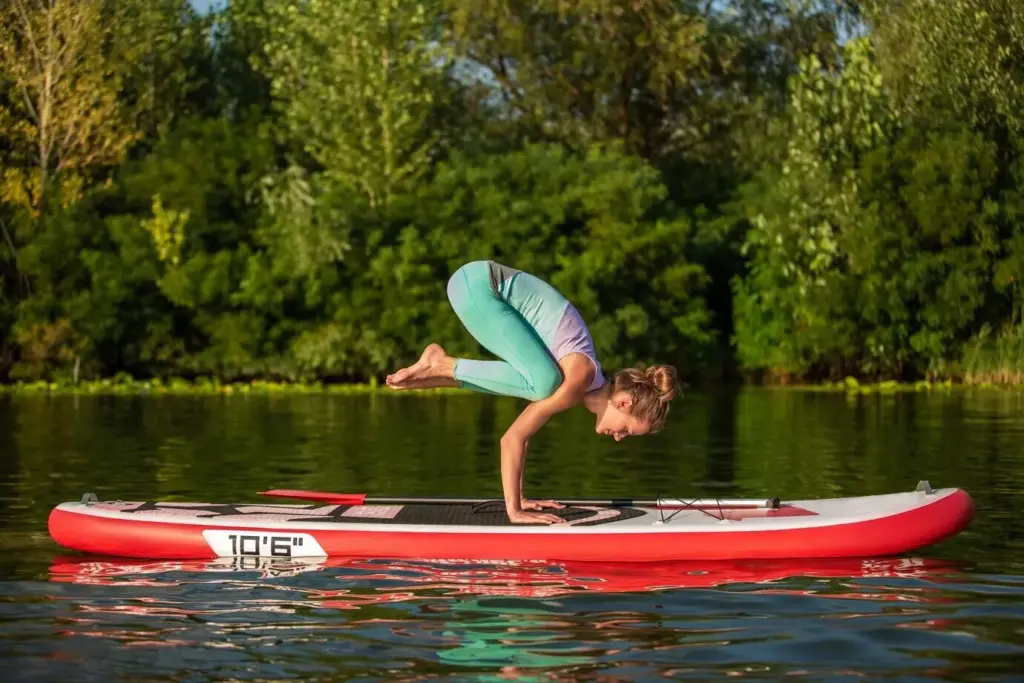
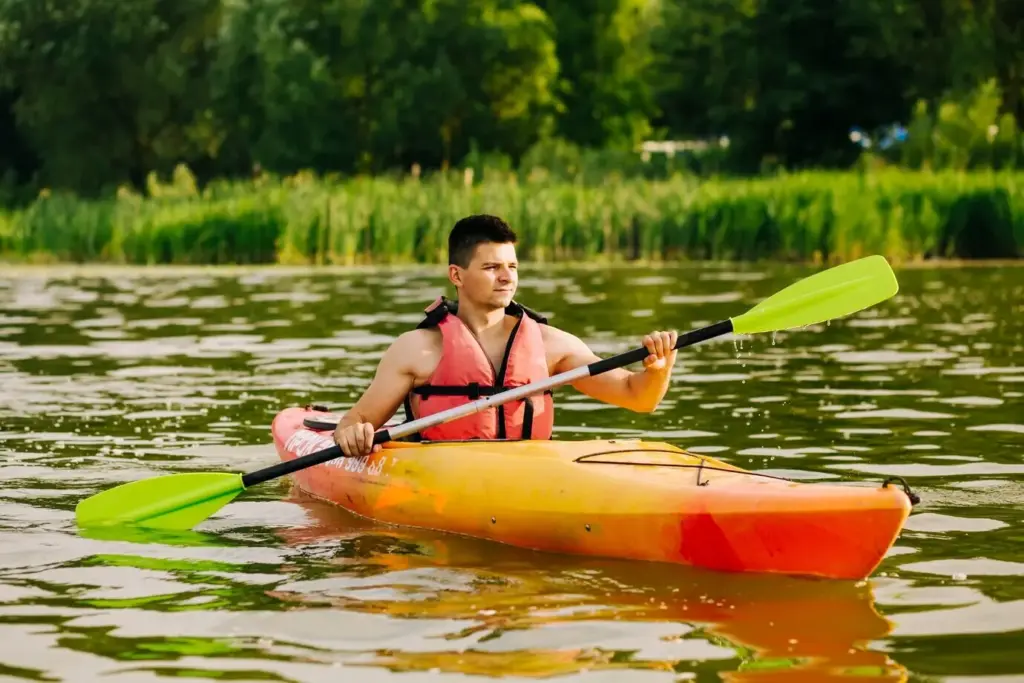
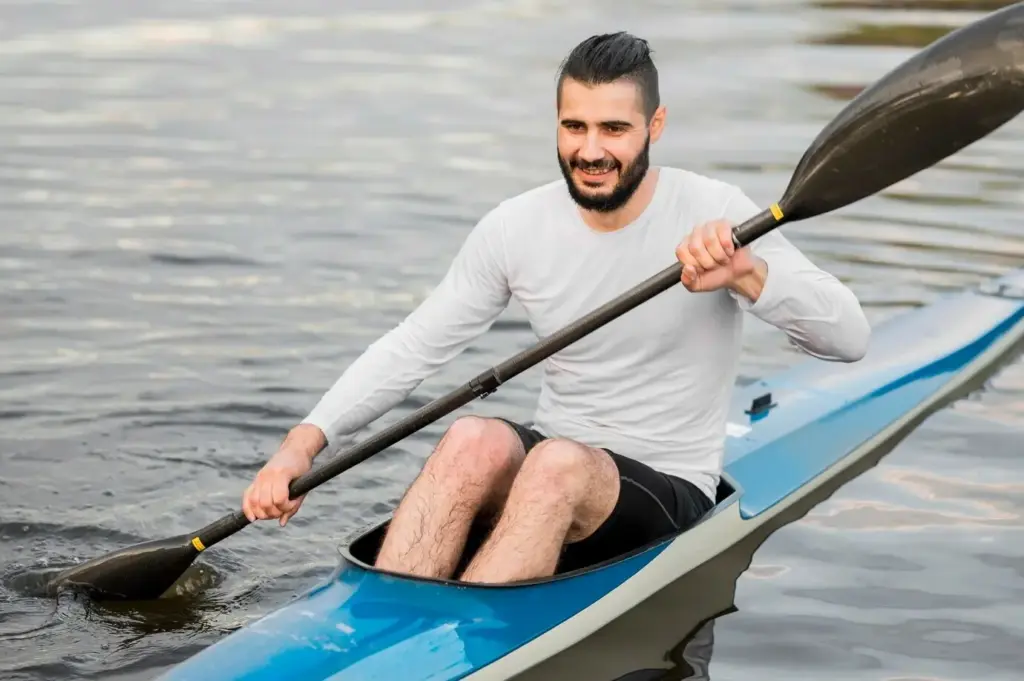
Foundations of a Stable, Silent Platform
Current, Eddies, and Seam Lines
Wind-Driven Drift and Controlled Slides
Stealth Tactics and Presentations
Low-Angle Casting Without Spooking Fish
Practice skipping paddletails or flukes under overhangs with sidearm arcs that kiss the surface. Keep rod tips low to avoid sky-lining. Feather the spool to hush splashdowns, then hold motionless while rings fade. Recast immediately after an off-target plop to erase alarm with precision. Choose rods around seven feet for balance between reach and accuracy. Keep elbows connected to your torso, preserving stability while delivering repeatable, quiet shots.
Lures and Baits Chosen for Paddled Approaches
Weightless soft plastics, subtle walk baits, suspending jerkbaits, and finesse jigs shine when the boat can pause mid retrieve. Use weedless rigging to slip through grass without ripping. In current, quarter casts upstream for natural drifts. For salt marshes, a single-hook spoon crawls clean and unhooks quickly at the rail. Keep live bait minimal and contained, prioritizing easy net access and calm water transfers that avoid sloshing.
Fly and Ultralight Drifts from a Kneeling Stance
From a kneel or low seat, shorten false casts and shoot line on the final stroke to minimize rod waving. A compact stripping basket keeps coils tidy in crosswinds. Choose weighted flies that load quickly and land softly. On ultralight gear, pair small plugs or micro jigs with thin braid and forgiving leaders. Drift presentations downstream of the craft so your shadow and paddle drip never cross the feeding lane.
Self-Rescue You Actually Practice
Weather Windows, Tides, and Flow Data
Real-World Setups and Stories
A Dawn Flat on a SUP and a Whispering Tail
First light slid across the grass, and a bronze tail whispered a circle in potholes. I kneeled to lower profile, anchored with a light stake, and let a single-hook spoon glide. The fish tracked calmly because the board stayed silent. One gentle sweep, short run, barbless release, and a grateful pause. The entire setup fit a backpack, yet felt surgical when the moment finally arrived.
Two Paddles, One Eddyline, and a Smallmouth That Taught Patience
In a tandem canoe, we ferried into an eddy, clipped the trolley midships, and watched foam scroll like a conveyor. A tiny marabou jig drifted the seam three times before a bronze flash hammered it. The bow angler kept rod low while the stern made micro corrections. Net, quick photo in the water, release. That day proved position mattered more than power or fancy hardware.

